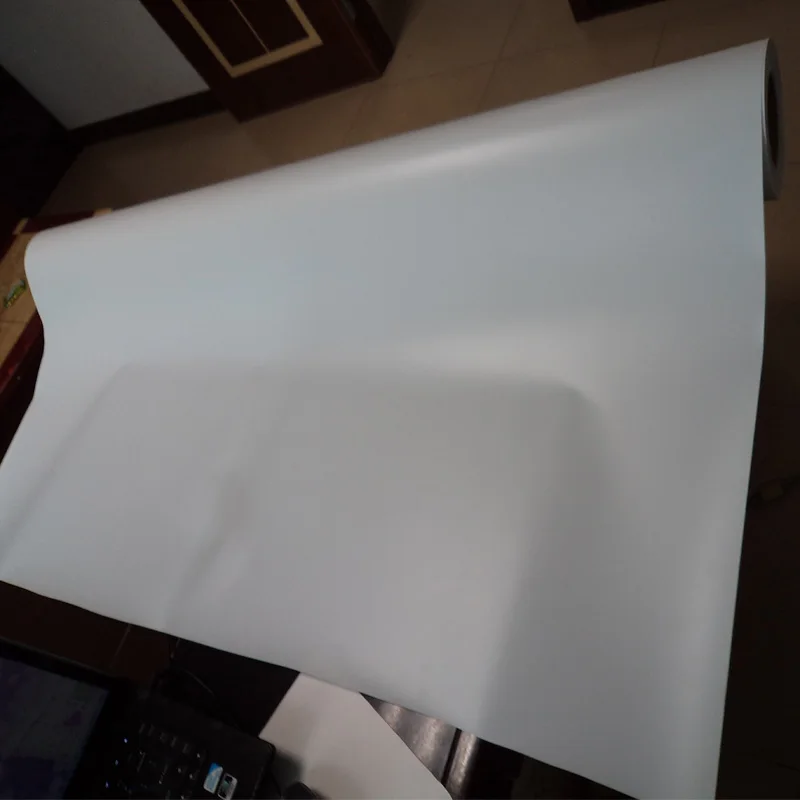

- #MAGIC WINDOW FILM CRACKED#
- #MAGIC WINDOW FILM CRACK#
Standard window tints make it harder to see into a building.
Privacy: Another great benefit of window tint is the privacy that it provides. In the winter, the tint can work to reflect heat back into the building, which can help to reduce the heating costs. The film manages to accomplish this by reflecting ultraviolet rays from the sun, which can significantly decrease the interior temperature during the summer months. While window tint can’t stop the heat or cold, what it can do is reduce the amount of sunlight and energy coming into the building. The two times of the year where energy bills skyrocket are typically the height of summer and the dead of winter. Energy Efficiency: One of the biggest benefits of window tint, particularly in homes or commercial buildings, is energy efficiency. These films are applied to the exterior of the window and can help to absorb the damage of pebbles and other debris. The quality protective film can help to prevent scratched and damaged windshields. #MAGIC WINDOW FILM CRACK#
Once a windshield is cracked, it needs to be replaced as the crack will only worsen over time. Even something as small as a pebble can put a crack into a windshield.
#MAGIC WINDOW FILM CRACKED#
Scratch and Crack Prevention: One feeling that many drivers know firsthand is the sense of frustration and dread that comes from a cracked windshield. Just as there are multiple different uses of window tints, there are many benefits of adding window films to your vehicle, home or office. In the event of a storm, specialized window film can help to hold glass together and keep it from shattering and causing potential damage. Safety and security film is also a common addition to many homes and businesses. However, this is far from the only application. In these cases, the film is largely used to reduce the amount of sunlight that is coming into the building. Architectural Film: Architectural films find themselves used in both commercial and residential applications. This placement helps to protect the windshield from damage more effectively. Windshield protection films are one of the few instances where the film is applied to the exterior of the glass. Not only does limiting the sunlight help to keep occupants more comfortable, but it also minimizes sun damage to the dash, upholstery, and finishes of the vehicle. The tinted glass is more resistant to damage and reduces the amount of sunlight that enters the vehicle.  Automotive Film: Window tint is a very common addition to many vehicles. Frosted or colored window tints can provide privacy while also being an appealing addition.
Automotive Film: Window tint is a very common addition to many vehicles. Frosted or colored window tints can provide privacy while also being an appealing addition. 
Decorative Film: These can be used to add patterns to windows, or even increase the privacy of a home or office building.This film can help reduce the time and resources needed to remove graffiti manually. Anti-Graffiti Film: Commercial, industrial, and government facilities can benefit from anti-graffiti film.In the case of a home invasion, criminals may be deterred if a window or glass door does not immediately break. In the event of a storm, this reduces the risk of injury due to flying glass. While glass may still break after an impact from an object, the film can help to prevent shattering and keep the glass in place. Safety and Security Film: In addition to films that protect from light and heat, there are also films available to protect from accidental or intentional impact by a foreign object.This helps to reduce cooling costs without sacrificing the amount of natural light coming into your home. Neutral Film: This film reduces the amount of heat entering a home without changing the look of windows.This means that both the amount of light traveling into and out of the applied window is reduced. The primary difference is that this film absorbs the energy passing both ways through the glass. Dual Reflective Film: Dual reflective film works much in the same way that ordinary reflective film does.This type of film absorbs and reflects the energy from the sun and other light sources that would normally pass through glass. Reflective Film: Reflective film is the most common type of window film in residential and commercial settings.If this data is unavailable or inaccurate and you own or represent this business, click here for more information on how you may be able to correct it. VIEW ADDITIONAL DATA Select from over 115 networks below to view available data about this business.







 0 kommentar(er)
0 kommentar(er)
